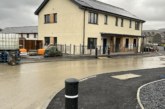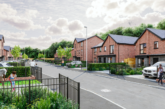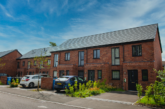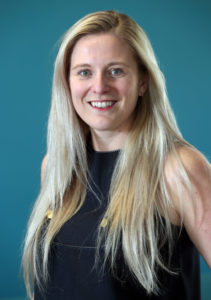
LABM speaks to Nik Turner, Executive Director of Communities and Customer Services from believe housing, about the housing association’s commitment to achieving carbon neutrality.
Can you tell LABM about the Carbon Neutral International Standard, and what it means to be the first housing association in the sector to achieve it and the United Nations Climate Neutral Now initiative participation?
We’re really proud to be the first in the sector. Putting believe housing up there with the likes of Microsoft means a lot and really proves our commitment to carbon neutrality. It’s a way of demonstrating that we’re turning ideas into tangible, benchmarkable actions that make a difference.
Part of our commitment is supporting others in the sector. We’re hoping to encourage more housing associations to join the initiative and reach the standard.
As a housing association, why is achieving carbon neutrality so important?
I’ve seen research that suggests the housing sector accounts for around 22% of the UK carbon footprint. That alone shows we have a significant role to play. Our aim is to deliver a life without barriers for customers. That means homes that are warm and inexpensive to run, supporting our customers currently facing fuel poverty and improving their quality of life. That fits perfectly with improving energy efficiency and reducing emissions.
During 2020 UK emissions dropped 6%. To achieve the targets set out in the Paris Climate Agreement, we need to continue with that level of reduction. We can’t return to what we’ve done before as we come out of lockdown. We have to reconsider every aspect of how we do business and, most importantly, support our customers on the journey.
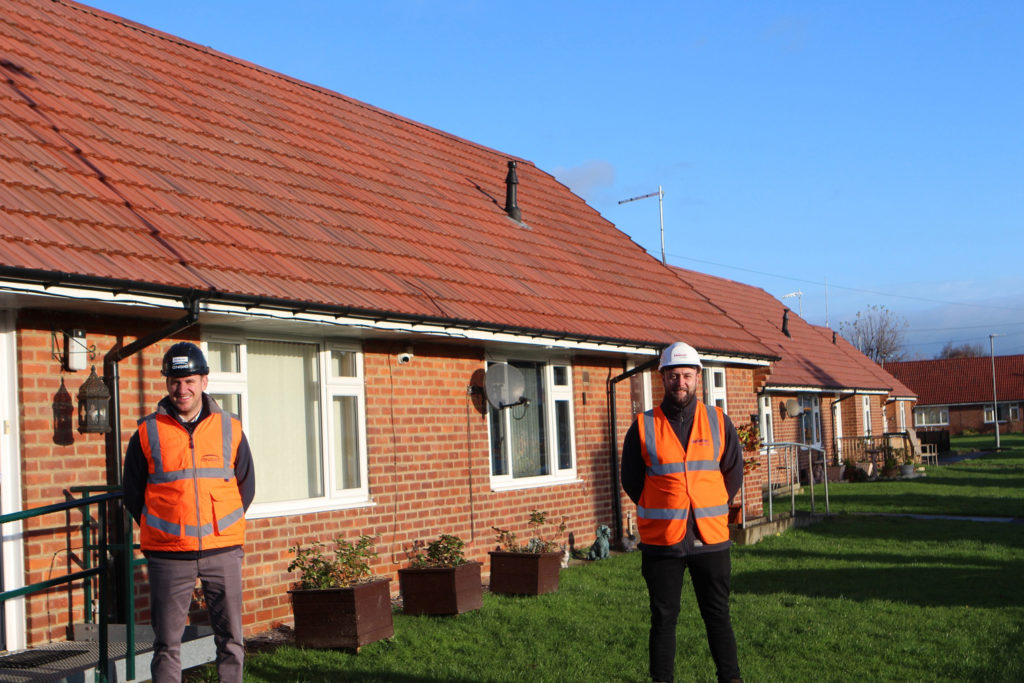
Can you tell LABM about the work you’re doing with One Carbon World and how you achieved the Standard?
One Carbon World has been working with us to establish where our emissions really come from. They’re a carbon neutral organisation and a global resource partner of the Climate Neutral Now Initiative.
They left no rock unturned. Even the overheads for our suppliers, like leased photocopiers were considered. They benchmarked each of the emissions categories to give us a baseline.
Once we fully understood our results, we could look at our footprint andunderstand how many carbon tonnes our operations generate. Even though our footprint wasbenchmarked as low, we still decided wewanted to take it a step further by offsettingour unavoidable emissions. We invested in verified projects like tree planting with the Rainforest Alliance. One Carbon World only supports projects in countries with established carbon policies to make sure that we offset in the most responsible way.
Can you tell LABM about the comprehensive green plan believe housing has in place and what the key priorities are?
We take a lot of pride in our green plan. Staff came together from across the organisation with suggestions on how we could make a difference. Their ideas were merged into key themes that mirror our corporate plan.
From the very beginning we’ve had strong support and leadership from our board, they really support the ambitious plans we have.
The green plan acknowledges that we’re in a period of uncertainty and change. It considers short, medium and long-term targets. Our priorities for year one are tackling fuel poverty and ensuring that our customers have the right advice on how to best use their utilities. Although it doesn’t directly impact our targets, we’ve also placed emphasis on biodiversity gains; making sure we re-provide habitats for plants and wildlife wherever possible.
How do you intend to reduce energy use and consumption in the new homes you build?
Our new-build homes are currently designed to provide a minimum rating of a high EPC B. We’ve committed to making that EPC A by 2023.
It is important to include appropriate green measures during the construction phase. Retrofit will always come at an additional cost in future years.
We’re also making best use of smart technology and the ability to include Internet of Things methods. They’ll help customers become more aware of energy use and support them to keep consumption low. We’re keeping a close eye on our supply chain too, using locally sourced materials wherever we can.
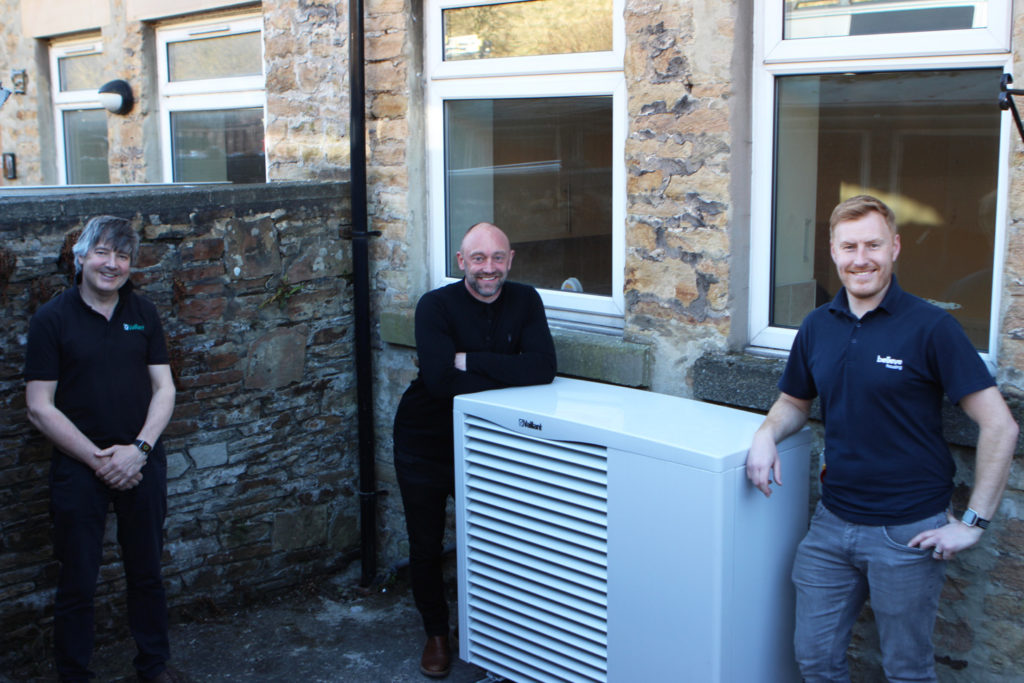
What are you doing to upgrade the energy performance of your existing homes?
We’ve already done a lot, but the launch of the green plan this year is also a commitment to revolutionise our investment programme. When we’re investing, we will aim to satisfy three key requirements — component replacement, ensuring our properties are well maintained; retrofit and green measures, ensuring we meet our targets for 2050 and address fuel poverty; and finally placemaking, to ensure our communities are thriving places where people want to live.
Our programme includes measures that contribute to improving performance, but we’d like to be ambitious. We’re looking at the feasibility of improvements like ground source heat recovery, using coal mine shafts. These ideas are in the very early stages and will not be easy to bring to fruition, but it’ll take big ideas to really make the difference that’s needed.
How will you be engaging with your customers to help them save money on energy use and reduce emissions?
We’re conscious that our customers must be involved at the beginning of any green discussions and continue to have a voice as projects evolve. We can’t implement and install green measures in isolation. These are our customers’ homes; they’re the people that make an initiative a success.
We’ve partnered with the Royal College of Arts on a project to shape how we deliver services. It’s aiming to understand how best to engage with customers when rolling out green programmes and how to embed carbon neutrality in everyday discussions. A dedicated advice and referrals service is already underway, and we recently surveyed our customers on how they felt about smart technology in homes.
Like any change we can’t simply expect customers to adapt. We need to create a compelling green narrative that responds to the needs of individuals and clearly demonstrates the benefits.
Header image ©Robert Goudappel/AdobeStock




